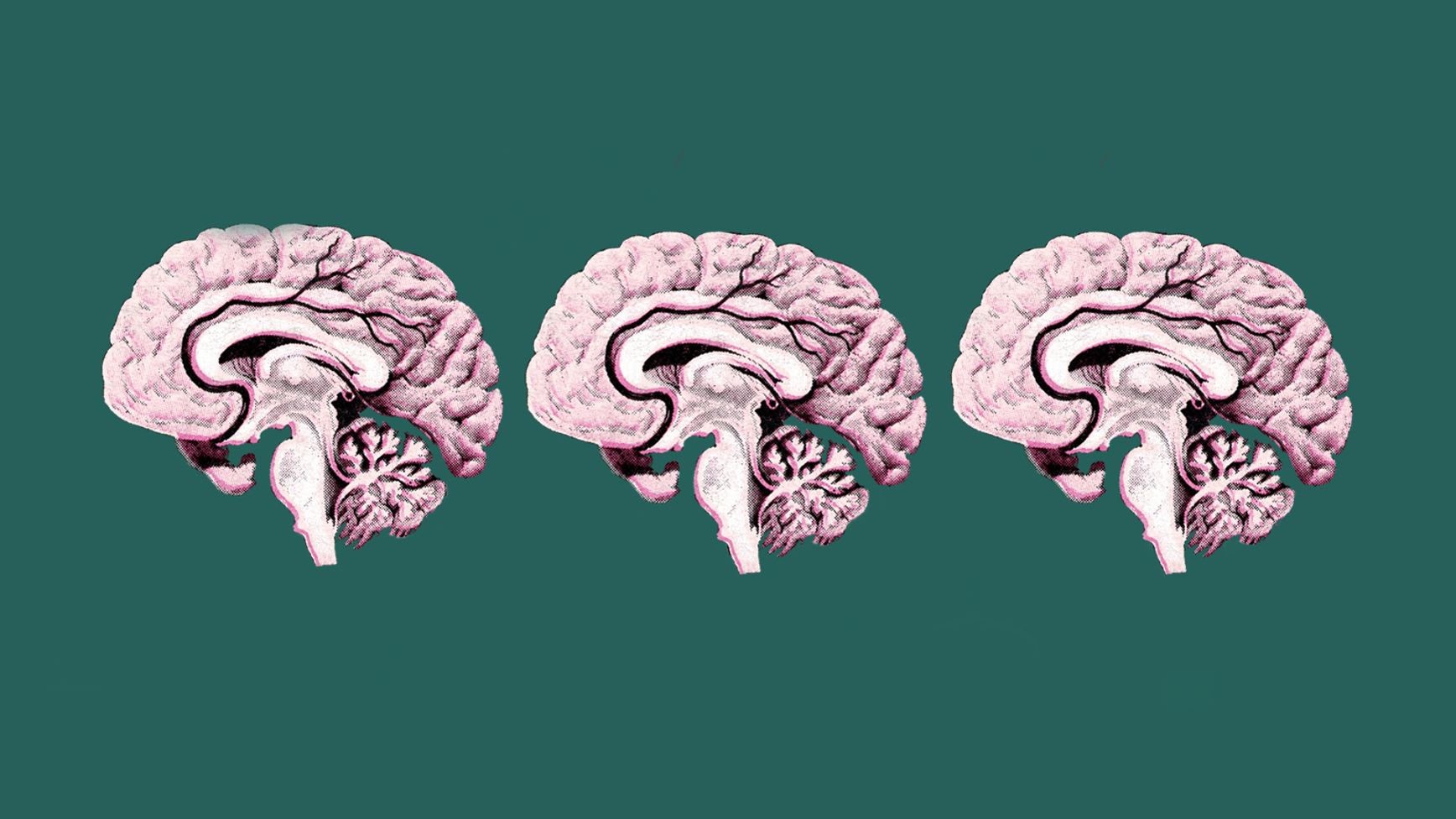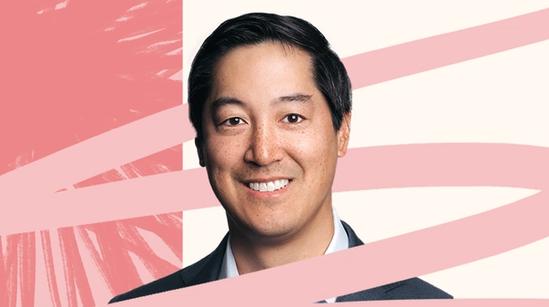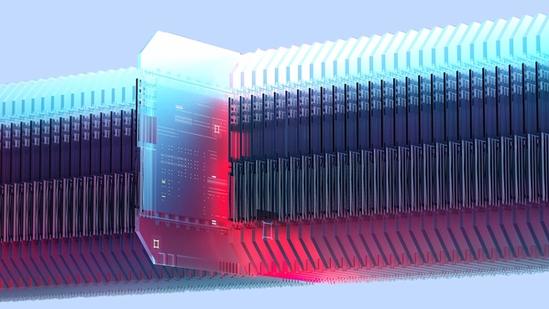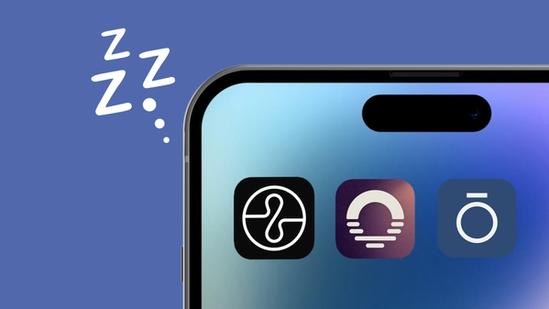Meet Onward Medical: Giving Hope to People With Spinal Cord Injuries
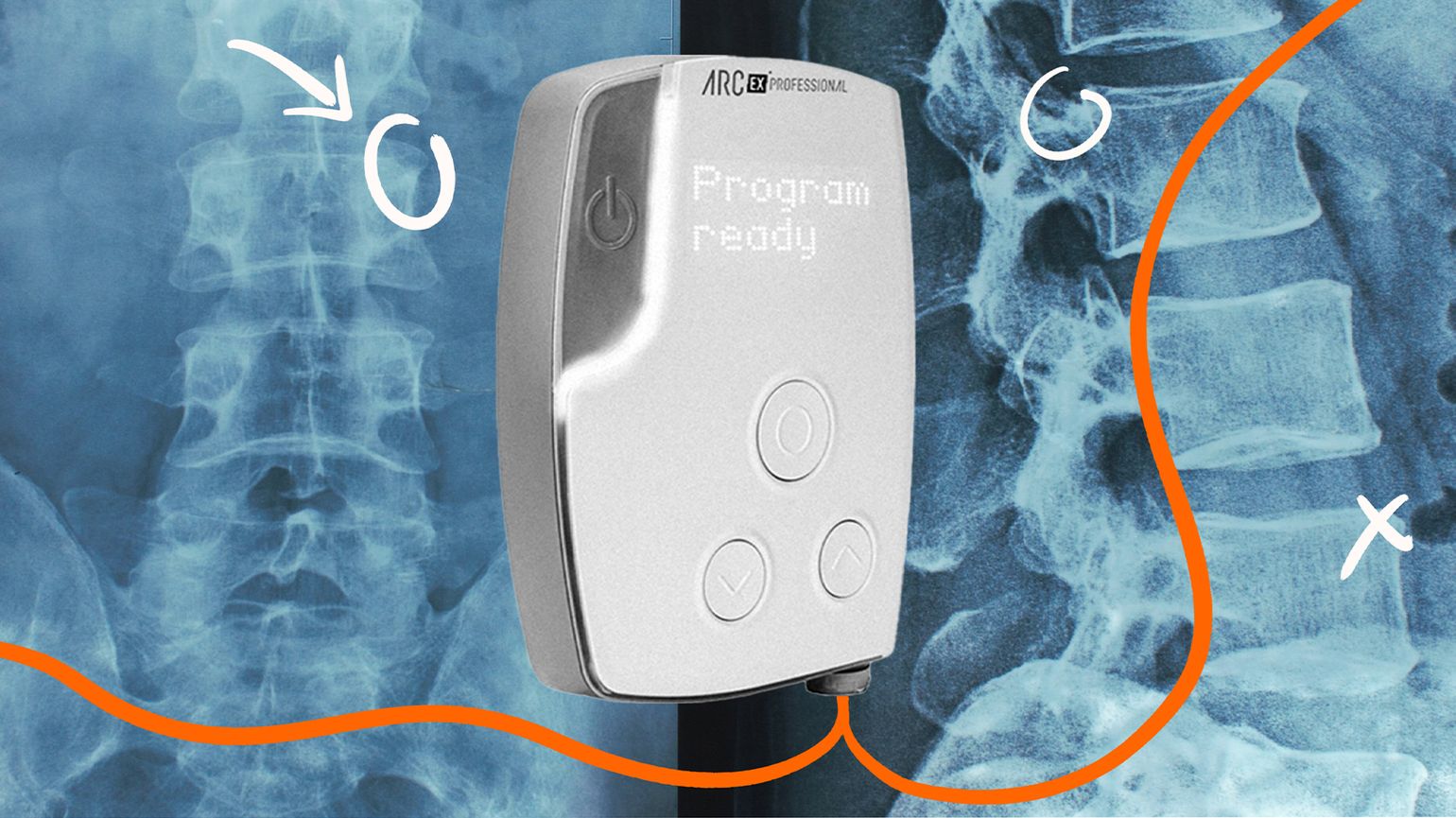
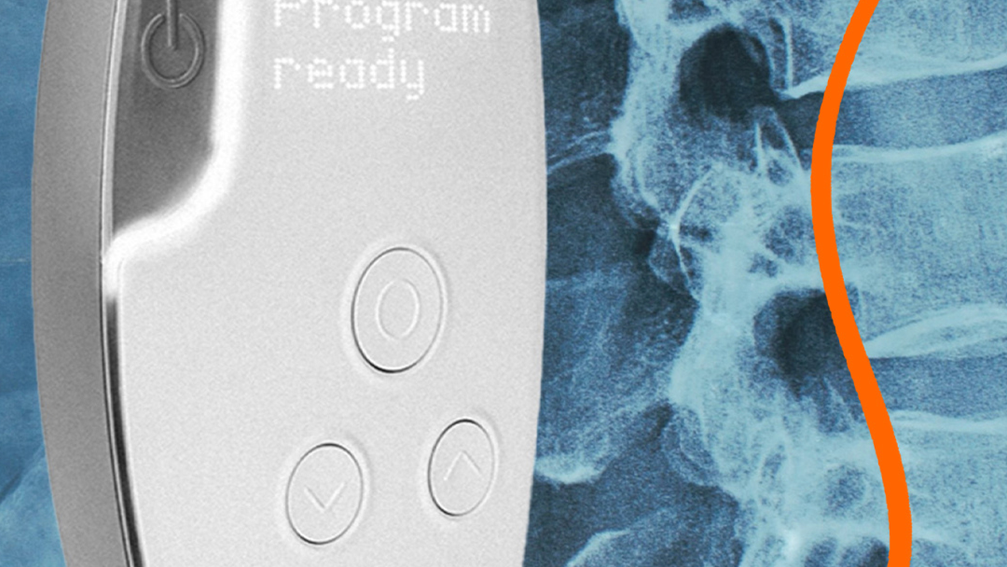
Onward Medical is advancing the treatment of spinal cord injuries with innovative technologies, including the first-ever device with the potential to restore hand strength and sensation.
- Onward Medical, a leader in spinal cord injury (SCI) treatments, is reshaping the treatment landscape for people with spinal cord injuries.
In 2012, neuroscientists at the Swiss Federal Institute of Technology (EPFL) announced the results of a breakthrough study. Using a device which electrically stimulated the spine, they had made paralyzed rats walk again. For the millions of people partially or completely paralyzed by spinal cord injuries (SCI) worldwide, it raised the previously unthinkable prospect of one day seeing their movements and other functions restored.
Those neuroscientists were among the team that founded Eindhoven-based Onward Medical in 2014. The company’s mission is to revolutionize the treatment landscape for people with SCI. “We're developing a portfolio of technology platforms that we believe can restore movement and other functions and improve quality of life even long after an injury,” says Onward’s CEO, Dave Marver. Now, with its first device approved for commercial use, Onward is turning scientific breakthroughs into real-world solutions, offering new hope to people with SCI.
Spinal cord injuries, which are typically the result of trauma such as a fall or road accident, disrupt the communication between the brain and the rest of the body. Of the 15 million people affected by SCI worldwide, half of those injuries have resulted in tetraplegia, the partial or complete paralysis of all four limbs. Everyday tasks for these people, such as eating or making a phone call, are often extremely challenging. They may also experience difficulty breathing, loss of bladder and bowel control and sexual dysfunction.
Treatment options for such injuries have historically been limited. When a person suffers from an SCI, they will usually undergo emergency surgery then enter rehabilitation, usually for around three months. Some people experience a partial recovery during that period, after which they are given exercises and therapy to maintain whatever level of function and motion they have recovered. People with chronic SCI, however, face permanent paralysis, and treatment is focused on managing the condition rather than reversing it. The most crucial part of rehabilitation for these patients is coming to terms with the fact that this condition will be lifelong and learning to adapt accordingly.
Redefining spinal cord injury treatment
Onward’s technologies are designed to change that treatment landscape, and give patients a new level of independence and quality of life. The first system being rolled out commercially is ARC-EX, the first approved technology shown to improve hand strength and sensation in paralyzed people. The system sends electrical pulses from an external device along the cervical spinal cord through electrodes placed on the back of the neck. These signals then activate the nervous system and restore functions in the hands.
For many SCI patients, regaining even partial function in these areas has a profound impact on their independence. Patients who were previously unable to perform basic daily activities—such as feeding themselves, dressing, or even moving around without assistance—may regain enough function to do these things on their own.
In a clinical study published last year, 90 percent of participants experienced restored strength or function after using the ARC-EX system, 87 percent saw improvements in quality of life. One participant showed positive responses more than three decades after their injury.
When it received FDA approval in December, ARC-EX became the first technology shown to improve hand strength and sensation in paralyzed people. Tara Stewart, chair of Spinal Research, called it a “historic moment” which the charity had “been working towards for 40 years”.
“Hands are very important in terms of enabling a person's independence and their ability to conduct activities of daily life,” says Onward’s Marver. “If you query those with SCI, restoring hand function is typically their number one priority.”
Improving quality of life
As well as ARC-EX, Onward is also developing two other technology platforms which it believes could improve quality of life for people with SCI. Both of those systems use implantable products, which typically take longer to bring to market than external devices — especially because Onward is an early mover in the SCI treatment space.
One of those systems, ARC-BCI (brain computer interface), is an implantable device which uses artificial intelligence to decode a person’s brain signals and translate their intention into movement. The company’s work to restore mobility using the device is at a relatively early stage, but clinical studies have shown huge promise. In 2023, for example, a study showed how Onward’s technology was used to enable people with even the most severe forms of SCI to stand, walk, swim and cycle again. Some with complete paralysis regained the ability to take independent steps just one day after receiving an implant that targeted specific areas of the spinal cord.
The other system, ARC-IM, is designed to address symptoms which affect people with SCI, including low blood pressure. “This is one of the less well-known symptoms that patients have, but one of the most important ones,” says John de Koning, a partner in the EQT Life Sciences team. It means that people with SCI can sometimes take hours to perform even relatively short movements like moving from a bed to a chair. The ARC-IM device has the potential to instantly switch on the natural regulation of blood pressure, without the need for rehabilitation or training, meaning patients would go from needing nurses or medication to help them to sit, to being able to instantly sit down with normal energy levels.
EQT's investment
De Koning was an early investor in Onward and sits on the company’s board as a non-executive director. EQT Life Sciences, formerly called LSP, has invested in Onward at multiple stages of its journey. EQT’s role as an investor had been to guide the company’s strategic growth and help it launch products.
“Typically, bringing a product to market can take anywhere between 10 and 20 years,” De Koning says. “It's very, very difficult to make something new in the healthcare sector, especially if it relates to drugs or medical devices.”
That support has been particularly important because Onward has no entrenched, large-scale competitors in the SCI treatment space — which presents both regulatory challenges and commercial opportunities, according to Marver. It is also following the relatively rare path of becoming a fully independent commercial company, rather than seeking acquisition by a larger medical firm.
As for the immediate future, Onward has made its first sales of the ARC-EX devices to the University of Washington and a clinic in Chicago. “This is our first commercial therapy and hopefully the first of many to come,” says Marver.
ThinQ by EQT: A publication where private markets meet open minds. Join the conversation – [email protected]

